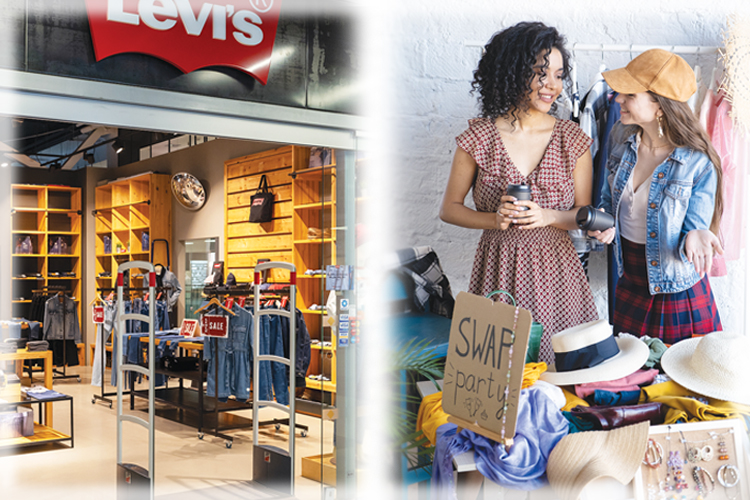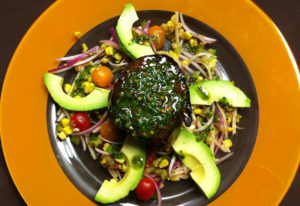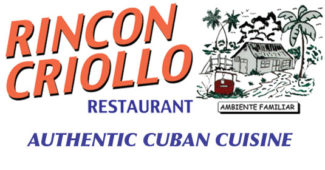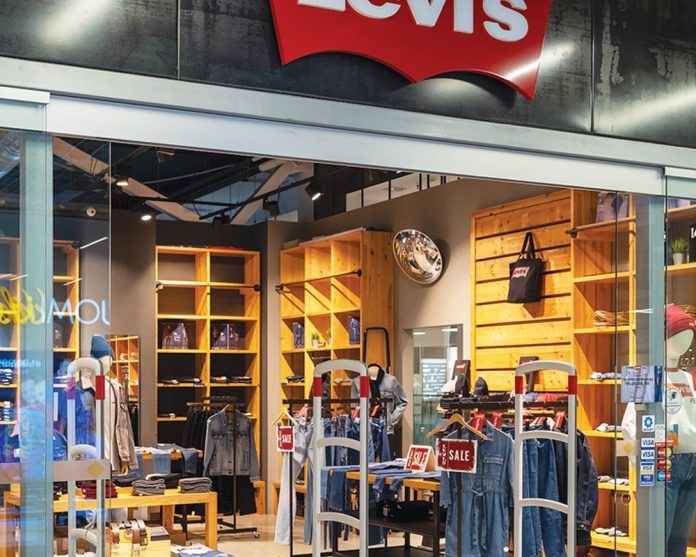
The newest trend in fashion is sustainability.
With styles overturning one day to the next, fashion brands thought they had figured out the best way to maintain momentum. Sending manufacturing to developing countries, utilizing their cheap labor and quick construction, while keeping costs down and profits up.
Creating what is now known as “Fast Fashion.”
One of the most popular “Fast Fashion” brands today is Shein. Their ability to mass produce clothes at low prices is astounding to most, but a bit distasteful when you realize how. According to Business Insider, Shein workers are paid less than 4 cents for every low quality garment they produce. They work 18 hour days and 75 hour weeks. This enables their company to sell trending styles at such low prices.
The mass production of clothes has an unethical and serious impact on workers and our environment.
Manufacturing factories release C02 and other greenhouse gasses polluting the air we breathe. But the air isn’t the only thing that our clothes are polluting. The fashion industry is one of the largest water consumers in the world. It takes about 7,000 liters of water to make a single pair of jeans, polluting fresh waterways with toxic chemicals.
Not to mention that most mass produced clothes are made from nylon, spandex and polyester. These very cheap materials are not grown naturally, and take almost 200 years to decompose when discarded.
As the world is becoming a more environmentally conscious place, the fashion industry is starting to trail behind it. Brands like Patagonia and Levis have been making changes toward sustainability that consumers are flocking to.
Sustainable fashion embodies conscious fashion. Clothes that are made eco-friendly, are locally sourced, mindful of workers conditions and wages, recycled or upcycled.
The best part of the fashion industry is that it is consumer driven. As more consumers buy from companies that are mindful of the way their clothes are produced and sold, more clothing brands will change their production method.
The way consumers purchase clothes can also support the movement.
Thrifting clothes, or swapping an old pair of jeans is a great way to get new pieces while supporting the cause. Doing this eliminates the large amount of clothes that contributes to waste piles.
Sabrina Macchio, the founder and designer of By Sabrina Jade says, “Purchase pieces that you can and will wear again. It’s truly not about the amount of pieces of clothing you own, it’s how you style those pieces.”
Macchio practices what she preaches and is building her brand respectively.
Her main focus is everyday, day-to-night, and seasonless fashion to ensure her customers get the most out of her high-quality products.
The young designer has made sure that she partners with manufacturers that share her same agenda. She says “The must haves are: Ethical working conditions, minimal environmental impact, and slow fashion model.” These characteristics separate quality brands from fast fashion brands.
As a consumer, pay attention to companies that are transparent about their production processes and practice conscious fashion.












 20 lucky winners will win $500 each in prizes totaling $10,000.
20 lucky winners will win $500 each in prizes totaling $10,000. 